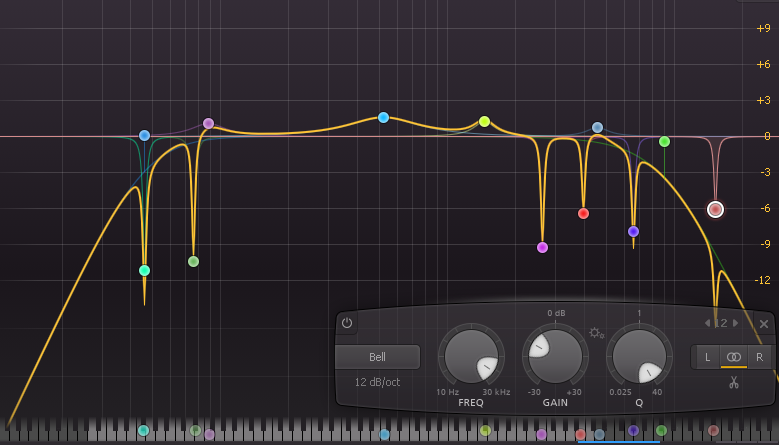BillMurray
Well-Known Member
Hi there,
It seems most mixing tutorials I watch, at some point, they will talk about sweeping a given frequency range with a narrow band eq to identify harsh frequencies and then perform a narrow band cut where the undesirable frequency was found.
All I hear when I do this is a whistling type sound. Is it that whistle sound that I should be listening out for? And should I cut those frequencies? If so, then I'd cut the entire frequency spectrum! Because when I boost a narrow eq to do a sweep, I hear that whistling sound constantly, regardless of where I am on the frequency spectrum.
What am I not understanding here?
Thanks for reading.
It seems most mixing tutorials I watch, at some point, they will talk about sweeping a given frequency range with a narrow band eq to identify harsh frequencies and then perform a narrow band cut where the undesirable frequency was found.
All I hear when I do this is a whistling type sound. Is it that whistle sound that I should be listening out for? And should I cut those frequencies? If so, then I'd cut the entire frequency spectrum! Because when I boost a narrow eq to do a sweep, I hear that whistling sound constantly, regardless of where I am on the frequency spectrum.
What am I not understanding here?
Thanks for reading.

